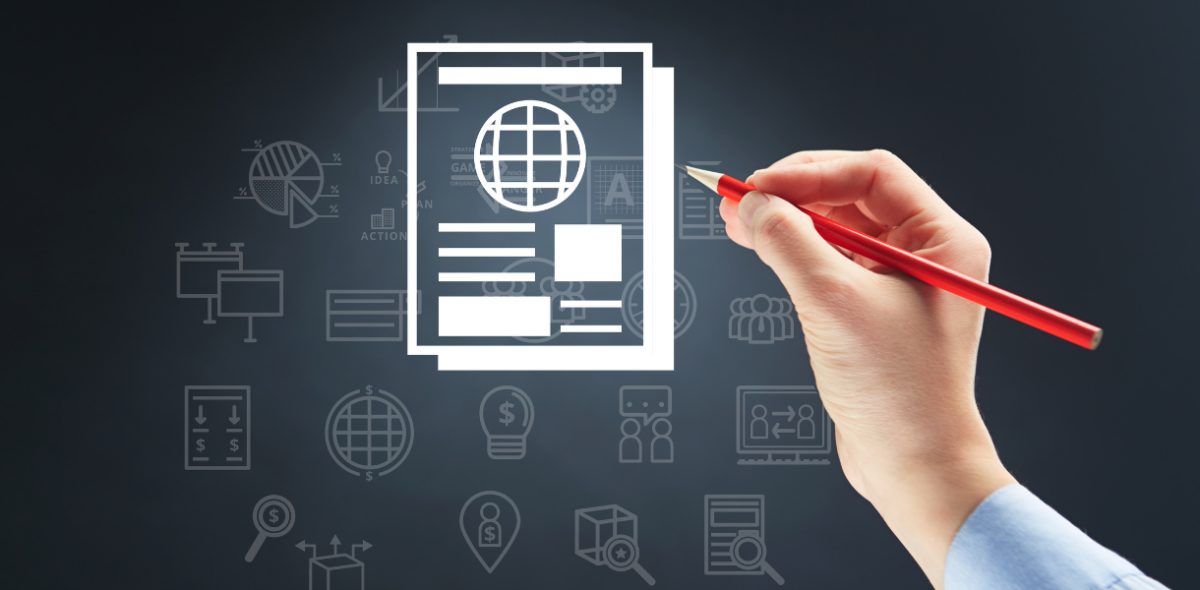Research design is the strategy that tackles collection, interpretation and discussion of data, it determines how research will be carried out. A well-planned research design ensures that the methods correspond with research objectives, quality data is collected and analysis is done appropriately. It’s essentially the blueprint that guides the research writing process, shaping the questions, methods, and conclusions. In this blog, we explore the key components of research design, discuss different approaches and methodologies, and provide insights into how to create a robust design that yields valuable insights.
Types of Research Design
Before beginning the research process, it is imperative to determine the type of research that will comprehensively answer or prove the research question or statement.
| Type Research | Definition |
| Exploratory | Explores the gaps in research, which are areas that have not been explored in depth. |
| Descriptive | Focuses on everything besides the “why”. Descriptive research aims to obtain sufficient information to describe a phenomenon. |
| Explanatory | Specifically investigates the “why”. Sets out to equip reader with further knowledge on the subject area and predict developmental trajectory. |
| Experimental | This is the process of carrying out research in a controlled and objective manner to produce credible results that align with a thesis statement. |
| Cross-sectional | This is an observational study that measures both the outcome and exposure of certain stimuli |
| Longitudinal | These are repetitive cross-sectional studies where participants are observed over a long period of time. |
| Case study | This is an in-depth study conducted over a period of time to observe the development of a situation or a person. |
Components of Research Design
Design components are the building blocks of constructing an effective research design. To yield objective findings, the research design should be set up in a way that every relevant contributing factor is either a variable or a control to influence the experiment appropriately.
| Design Component | Relevance and Definition |
| Research question | The research question is what the research or project is designed to answer, formulating and phrasing the research question dictates the data collection and analysis methods. |
| Hypothesis | This is a proposed explanation that is based off of the limited research and evidence, it is the starting point of further research and investigation. |
| Variables | These are measurable factors. There are 2 kinds of variables; independent and dependent and they are used to observe cause and effect relationships. |
| Data collection methods | These are the ways in which primary research can be conducted and the most common ones are surveys, interviews, focus groups, observations etc. |
| Sampling techniques | These are strategies to select participants based on relevant factors. The most common techniques are snowball, cluster, stratified, systematic, randomised, quota and convenience. |
| Data analysis | This is the most crucial stage of research as it summarises the data in an analytical manner to establish patterns, trends or relations. |
What Are The Objectives Of Research Design?
The objectives of research design play a key role in guiding a study’s methods and making sure its results are valid and reliable. These objectives include:
- Clarity of Research Objectives:
A good research design gives you a clear vision for your study. It helps you know what you want to do and what you hope to find out.
- Increased Validity and Reliability:
How you design your research makes a big difference in the accuracy and trustworthiness of your results. It helps reduce bias and keeps outside factors in check, leading to dependable findings.
- Improved Data Collection:
When you have a strong research setup, you can make sure you collect data in an orderly and consistent way. This organised approach cuts down on mistakes and makes sure you’re getting the most useful information for your study.
- Better Data Analysis:
Well-designed research sets you up to analyse data. By making sure you gather data in a way that makes sense, you’ll be able to draw meaningful conclusions from your work.
- Better Communication:
One of the main objectives of research design is to make it easier for your team and professor to talk to each other. When you present your findings, people grasp them more. This helps your work to have a stronger effect.
To sum up, the objectives of research design act as a roadmap for carrying out research in an orderly way and achieving solid, worthwhile results.
Creating Effective Research Design
For a research design to be effective, all the components must align with one another. To ensure this alignment, the researcher should determine whether the data needs to be qualitative or quantitative while also considering the scope of the research question and the answer the study derives. To avoid misalignment of components, refer to the order below:
• Your research objectives must be consistent with the “gap” that your research is addressing.
• Your research questions must be aligned with research objectives.
• Your hypotheses must be aligned with your research questions.
• Your research method must be appropriate to research objectives and research questions.
• Your research design must be consistent with your research method.
• Your research methodology must be consistent with research design.
Common Challenges & Tackling Them
- Participant and sample collection
The most efficient way to attract participants is to have incentives and learn to “sell” your research project to potential participants, this would make them more willing to partake in the study.
- Finding research collaborators
The first place to look for collaborators is within your own professional network. However, if you’ve struggled to find them, then you can look into expanding your network by attending academic conferences. Another tip is to look for collaborators that challenge you to see your research through different aspects.
- Finding research funding
To find research funding, try to branch out to international sources as well. Look for online sources and apply, this can help put you in touch with international researchers which also fosters collaboration and inclusivity within your research.
In conclusion, research design is the compass that guides the expedition into the realm of knowledge. It is a meticulous process that, when executed effectively, paves the way for discovery, innovation, and progress. As we highlighted the key components of research design, this blog uncovered its multifaceted nature. From the types of research design, each with its unique purpose and methodology, to the essential components that form the building blocks of an effective design, it is clear that a well-planned approach is essential.
FAQs
What is the role of research design in research study?
The purpose of research design is to dictate the effective plan to carry out the study. It is the approach with which a study is executed, it ensures that all variables within the study are carefully planned for and accurately measured.
How does the choice of design impact data collection?
The chosen research design ensures that all relevant factors within the research study can be analyzed to provide clear insights. The design determines whether the data collected will be qualitative, quantitative or a mix of both.
What are the key differences between exploratory and experimental research designs?
The main difference is that experimental research is done in a controlled environment and exploratory research seeks to answer a question or address a phenomenon or statement.
How can a strong research design enhance the validity of study results?
The strongest research designs avoid far-fetched correlations, rigorously test the hypothesis, and ensure that the results are generalisable.






